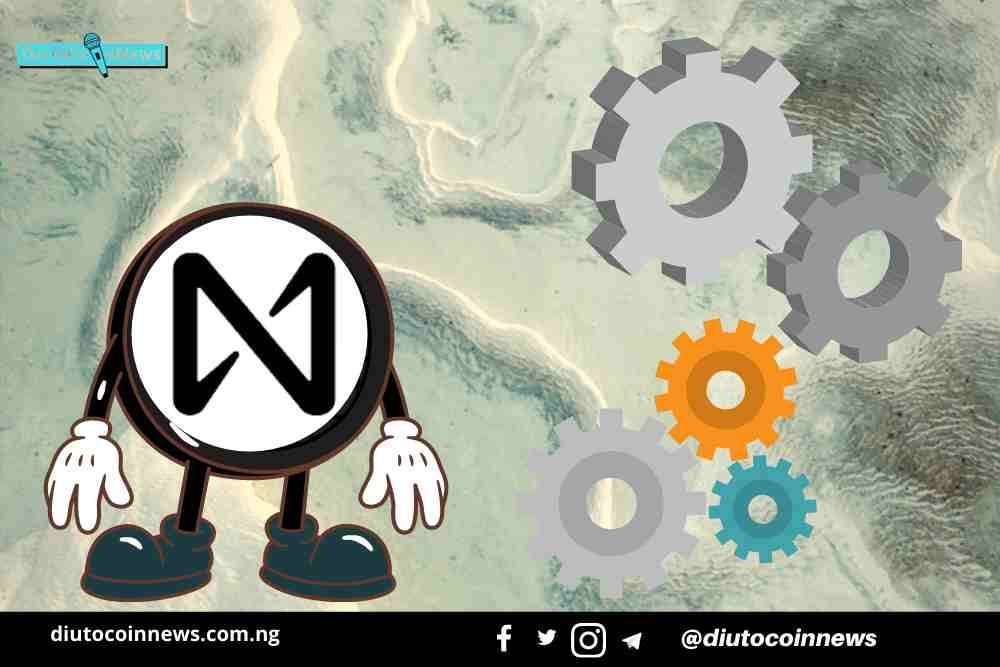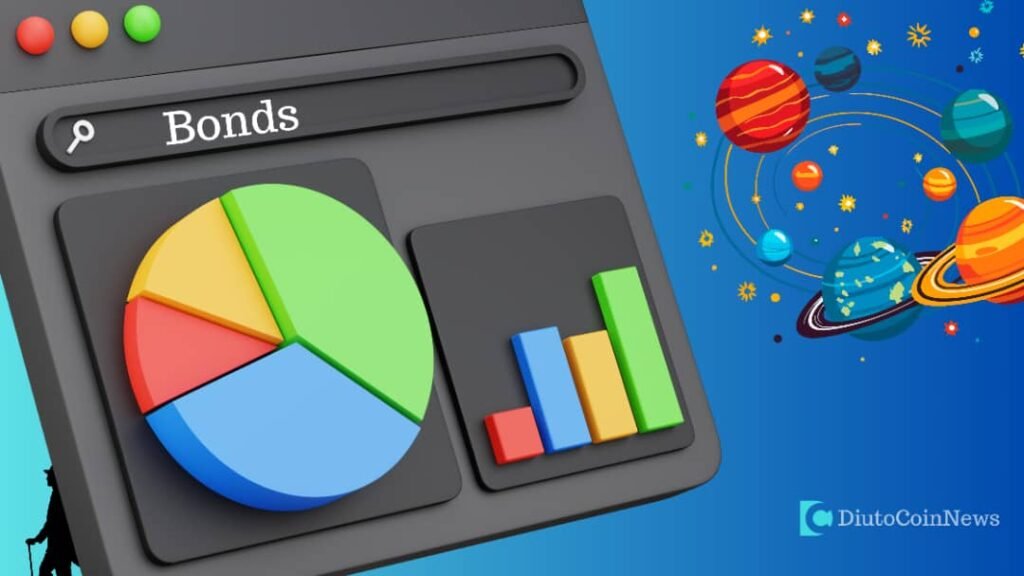SHITTU MUNIR AYANDEJI
A brief introduction to DApp:
What is DApp (decentralized application):
DApp is a computer application that runs on a distributed computing system. DApp is popularized by distributed ledger technologies (DLT) such as the Ethereum blockchain, DApp are also often referred to as smart contract.
A decentralized application is a computer application that runs on a distributed computing system.
DApp is characterized by their backend code running on a decentralized peer-to-peer network, as opposed to typical applications where the backend code is running on centralized servers. A DApp can have frontend code and user interfaces written in any language that can make calls to its backend. Furthermore, its frontend can be hosted on decentralized storage such as Swarm or ipfs.
In conclusion DApp run on top of distributed computing systems such as Ethereum or Bitcoin and Decentralized applications are stored on and executed by a blockchain system.
Examples of DApp are given below and a diagram to illustrate:
- Blockstack – a platform for developing decentralized applications.
- Augur[10] – prediction market platform
- Crypto Kitties – game based on Ethereum. It slowed Ethereum down due to insufficient transaction processing and exposed the scaling limitations of public blockchain.
- Freelance – platform on smart contract.
Diagrams to illustrate DApp and how it functions.
The purpose of DApp can not be overlooked as its Running atop a blockchain, peer-to-peer (P2P) network that acts as a kind of operating system, DApp creates an innovative open-source software ecosystem that is both secure and resilient. And it allows developers to create new online tools, many of which have piqued the interest of global business markets.
The future of DApp
Interested in what the future of DApp holds this year? DApp are a fascinating technology that is still yet to be harnessed. According to a study done by the Blockchain Examiner, the DApp “market size is projected to reach USD 21,070.2 million by the end of 2025.”
DApp will continue to grow exponentially in the future. Even though the whole decentralized utopia won’t happen anytime soon, 2020 is expected to bring severe advancements and the expansion of blockchain technology and its applications.
To know more about DApp, visit
Introduction to NEAR Protocol
What is the NEAR Protocol?
NEAR is a decentralized development platform designed to provide the ideal environment for DApp by overcoming some of the limitations of competing systems—such as low throughput, low speeds, and poor cross-compatibility.
NEAR Protocol was created by ALEXANDER SKIDANOV and ILLIA Polosukhi. NEAR is a smart contract blockchain platform, which is efficient community-based, and developer-friendly. According to their website, you can create a decentralized application on NEAR in just 5 minutes. NEAR was created by Alexander Skidanov and Illia Polosukhi in 2018.
NEAR provides a community-operated cloud-based infrastructure for deploying and running DApp by combining features of a decentralized database with a serverless computing platform. With a focus on providing solutions to the two core problems of today’s blockchain — usability and scalability. The platform is also designed to easily store unique digital assets, for example, NFTs, created on the NEAR platform. Learn more about the NEAR blockchain by reading.
Ref Finance built on Near Protocol
Ref Finance is a community-led, multi-purpose Decentralized Finance (DeFi) platform built on NEAR Protocol. Ref combines several core components: a decentralized exchange, lending, a synthetic asset issuer, and more -— into a single, synchronous DeFi stack.
Ref will take full advantage of NEAR’s low fees ($0.005 per swap), one-to-two second finality, and Web Assembly-based runtime (hello, Rust smart contracts!) to rival even CEX costs and speeds and become a powerful addition to the increasingly multi-chain DeFi ecosystem.
Using the recently launched Rainbow Bridge (NEAR <> ETH), traders can utilize the billions of dollars in ERC-20-compliant assets from Ethereum, and eventually, from any chain (BSC, Polygon/Matic, Cosmos/IBC, and others) on NEAR. Click here to read more about Ref Finance on NEAR protocol.
However, you can also check how to create, trade and collect Digital Art Cards(DACs) on Paras here
Transfer token between Ethereum and NEAR! On the Rainbow bridge.
What is Rainbow bridge?
The Rainbow Bridge allows developers to utilize Ethereum assets and smart contracts on NEAR—a fast, scalable, and low-cost environment. The Bridge has the power to accelerate community development as it allows ETH users immediate access to apps built on NEAR.
The Rainbow Bridge is the first trustless bridge of its kind. It supports ERC20 and remains fully permissionless, decentralized, and adaptable to any future protocol changes on either side. To read more about how to transfer tokens between Ethereum and NEAR on Rainbow bridge; click here.
In conclusion; Dapprader: DappRadar has successfully integrated NEAR Protocol into its services. Visitors can now get detailed insight into on-chain DApp data on the NEAR blockchain. Initially, eight DApp are part of the integration, and more will be added in the weeks, months, and years to come.
Source: DappRadar’s NEAR Ranking
Introduction to Sputnik DAO on the NEAR Ecosystem
It is a pioneer of innovation in the crypto-sphere on a number of different fronts: Usability, Scalability, and Community Governance. DAO’s, or Decentralized Autonomous Organizations, fall under the category of community governance, and could not be more important for the long-term development of an open-source ecosystem.
Sputnik dao can be considered as the mother of all dao of NEAR Protocol. While some may initially consider Sputnik to be just like any other DAO, it is in fact a paradigm shift for the future of decentralized governance. Sputnik V1 is the first iteration of an entirely new way of approaching DAOs: With Sputnik, communities become interconnected, independent, multiplus, and collaborative.
What is Sputnik dao:
Sputnik DAO launch a new world of community governance, management, and funding, in which NEAR ecosystem projects and guilds can create their own separate DAO’s from beneath the umbrella of Sputnik.
Sputnik DAO is an example of a more decentralized and flexible approach to onchain governance — for an entire ecosystem.With Sputnik, an infrastructure has been put into place that is able to accommodate multiple communities, with different objectives, goals, entrance criterias, and development timelines. Sputnik allows for truly decentralized governance over NEAR, as each community or project has the opportunity to individually create their own DAO, according to their specific parameters and desires. The resultant effect of this design is threefold.
Below are points to show dao is both decentralized and practical:
-First, the ecosystem as a whole becomes more decentralized, as DAO management is split off between multiple different DAOs each with their own goals and responsibilities.
DAO OF DAOs
-Second, projects and communities on NEAR have more freedom to govern their DAO as they see fit: They can add in specific criteria, set their own parameters, and even introduce a social token for entrance all under the funding umbrella of Sputnik.
– Third, on an ecosystem level, funding and development of the ecosystem as a whole, can be expedited, as decision making and the movement of funds is no longer stuck in one single DAO: Multiple projects can fund parallel initiatives, with fantastic network effects and feedback loops for the ecosystem as a whole.
All three of these points, indicate that DAOs have been designed on NEAR to be both decentralized and practical:
A MESH OF DAOS
The goal of Sputnik DAO is to create a growing mesh-network of other DAOs in the NEAR Ecosystem, each with their own council of decision makers. Notably, council members can serve on the council of multiple DAOs’ at the same time, in spite of the fact that there may be different governance structures. With this model a host of different activities and purposes can be incubated across DAOs.
A typical diagram of what the NEAR DAO hub will look like.
DAO Hub provides a place to search and read about a DAOs purpose and council members.DAO Hub is also a place where anyone can leave requests (payout) or a bounty (request for work) while only specifying what it is related to (set of tags).
With multiple DAOs working to fund community development and handle governance and participation among members, an entire network of DAOs is poised to emerge on NEAR. This ‘DAO Hub’ as it has been labelled, is the long term goal built into Sputnik’s design architecture.
in conclusion, DAO Hub will be a collection of Sputnik DAOs each operating autonomously, yet still in collaboration with one another. It is the foundation for cross-protocol and even cross-chain collaboration into the future. Such collaboration can even extend beyond communities and guilds, to entirely new businesses and products. To read more about dao Hub visit.
While it is still the early days for NEAR DAOs, Sputnik is a fundamental paradigm shift in how communities govern themselves on open-source protocols. To learn more about Sputnik check out, as well as the governance page.
For more information visit:
Near protocol official twitter handle
Near protocol official telegram handle
Near protocol official website
PUBLISHED BY: NEAR PROTOCOL NIGERIA (NPK GUILD)
Discover more from DiutoCoinNews
Subscribe to get the latest posts sent to your email.














